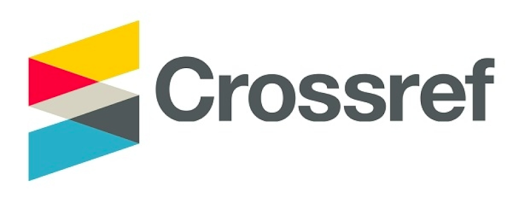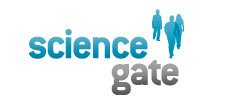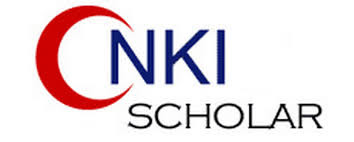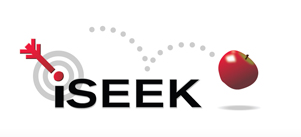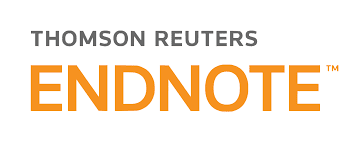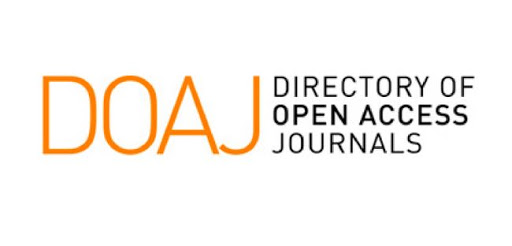Paper ID : SMJ2503235703568 | View : 137

Abstract : Introduction: Hypercoagulability is a hallmark of coronavirus disease (COVID-19) complications, including Pulmonary Embolism and Multiple organ failure, which are the leading causes of mortality. Anticoagulant therapy is a hallmark therapy for COVID-19 patients with hypercoagulability. In this study, we used enoxaparin ovine as the anticoagulant. Methods: A retrospective cohort study was conducted among 24 patients with COVID-19 admitted to Wisma Atlet Kemayoran COVID-19 Emergency Hospital between April 2022 and October 2022. D-dimer levels were determined on an I-Chroma cs2100, and X-rays were taken with a Rotanode E7239X. Result: Analytics were calculated using SPSS ver. 21. P value were considered statistically significant at P < 0.05, and there was a correlation between the decreased D-dimer group and the targeted D-dimer group levels after enoxaparin ovine treatment. (P<0.00). Factors including vaccination (P=0.163) and comorbidity (P=0.259) did not affect enoxaparin prophylaxis. Conclusion: Enoxaparin ovine prophylaxis prevents clinical deterioration in covid-19 patients. Bleeding is expected in enoxaparin ovine prophylaxis therapy, as well as in other anticoagulant therapies. Although it has an effect in decreasing D-dimer levels, we could not conclude that it did not lack efficacy because the majority of the patients were not on an oxygen device.

